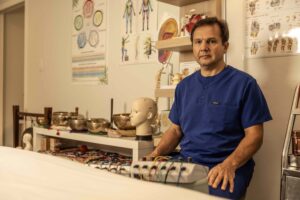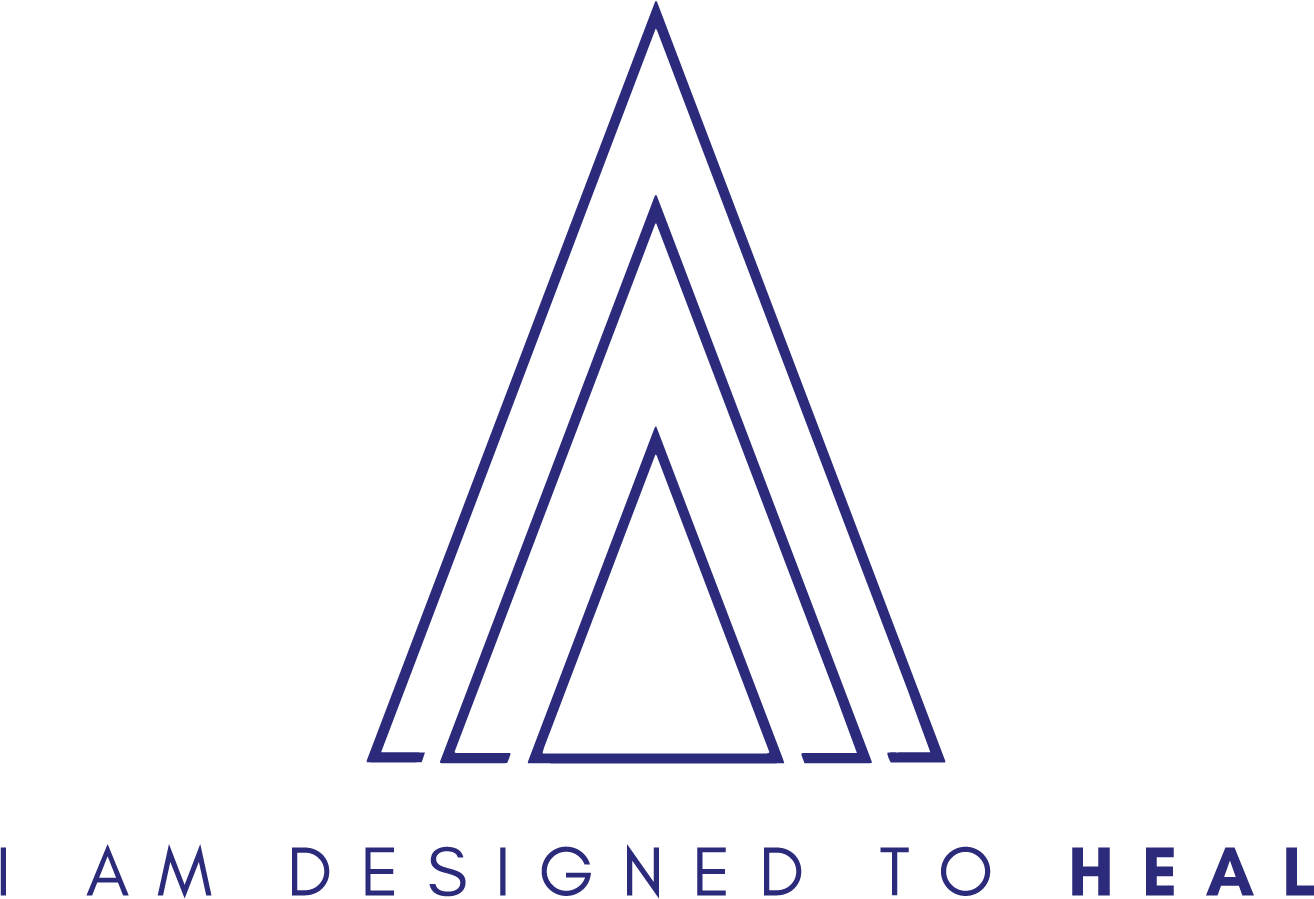
06 Feb Finding Restful Sleep with Electroacupuncture: A Natural Approach to Chronic Insomnia
We’ve all had those restless nights where sleep seems elusive. You toss and turn, and even counting sheep doesn’t help. When you do manage to sleep, it’s often interrupted, leaving you feeling groggy and irritable the next day.
For many, short-term insomnia is linked to stress and usually resolves in days or weeks. However, chronic insomnia, lasting three months or more, can be more challenging to overcome. Emerging research on electroacupuncture suggests it may offer significant relief for those struggling with sleepless nights by:
- Repairing Sleep Architecture
- Shortening Sleep Latency
- Prolonging Deep Sleep Time
Understanding Sleep Architecture
Sleep is a complex process involving two main types: non-rapid eye movement (NREM) and rapid eye movement (REM) sleep. NREM is further divided into four stages:
- Stage 1
- Stage 2
- Stages 3 and 4 (collectively known as Slow-Wave Sleep)
Each stage of sleep plays a crucial role in overall health, including physiological changes such as alterations in blood pressure, heart rate, and hormone secretion. Disruptions in sleep architecture can lead to insufficient restorative sleep, affecting how rested you feel upon waking.
 How Electroacupuncture Helps
How Electroacupuncture Helps
A 2009 study demonstrated that electroacupuncture can improve sleep architecture, increasing Slow-Wave Sleep (Stages 3 and 4) and prolonging REM sleep. [1] This repair helps individuals with chronic insomnia experience more restorative sleep and better overall health.
Shortening Sleep Latency: Falling Asleep Faster
“Sleep latency” refers to how long it takes to fall asleep. According to the Sleep Foundation, it typically takes 15 to 20 minutes for a healthy adult to fall asleep. A 2009 study found that electroacupuncture significantly reduced sleep latency after just four treatments. This reduction in time to fall asleep led to longer periods in both Slow-Wave Sleep and REM sleep, enhancing sleep quality and efficacy. [1]
The Benefits of Prolonging Slow-Wave and REM Sleep
Why Longer NREM Stages 3 and 4 and REM Sleep Matter
A lack of sufficient REM sleep can lead to fatigue, mood changes, and cognitive difficulties. REM sleep is essential for memory consolidation, emotional processing, and overall brain health. A 2015 study highlighted that students who napped and spent more time in REM sleep performed better on memory tests compared to those who stayed awake. [2]
Physically, inadequate REM sleep can cause symptoms similar to sleep deprivation, including poor concentration, forgetfulness, and even paranoia.
Embracing Electroacupuncture for Better Sleep
Electroacupuncture offers a promising approach to managing chronic insomnia by repairing sleep architecture, reducing sleep latency, and extending periods of Slow-Wave and REM sleep. As research continues to support its benefits, electroacupuncture is becoming an increasingly valuable tool for those seeking natural solutions for better sleep.
At our practice, we believe in the body’s innate ability to heal itself with the right support. If you’re struggling with insomnia, electroacupuncture could be a beneficial part of your treatment plan.
Please call us at (239) 322-3817 to learn more or schedule an appointment.
References
- Ruan, Jing-wen. “Electroacupuncture Treatment of Chronic Insomniacs.” MedNexus, 5 Dec. 2009, mednexus.org. Accessed 23 Nov. 2023.
- Memory and REM Sleep Study, 2015


